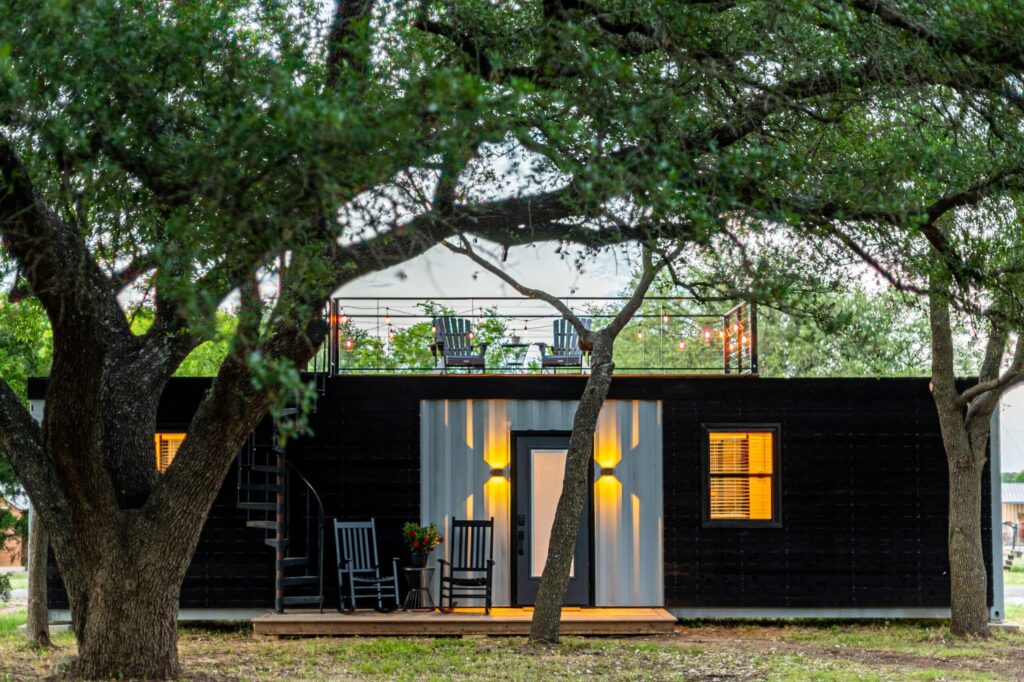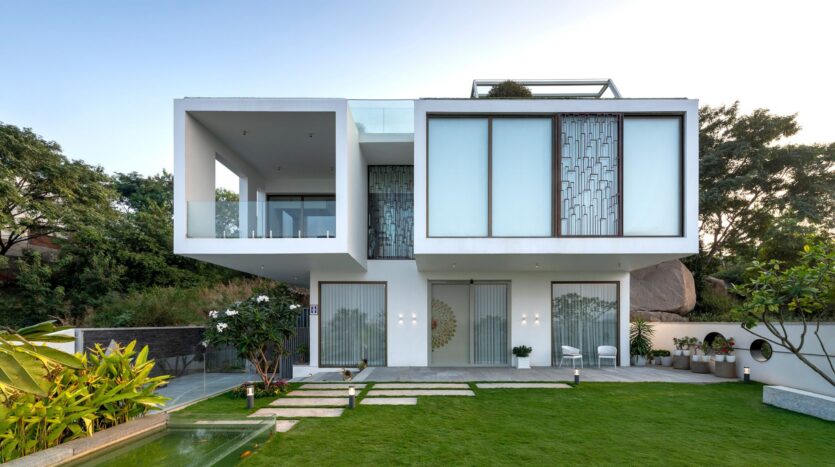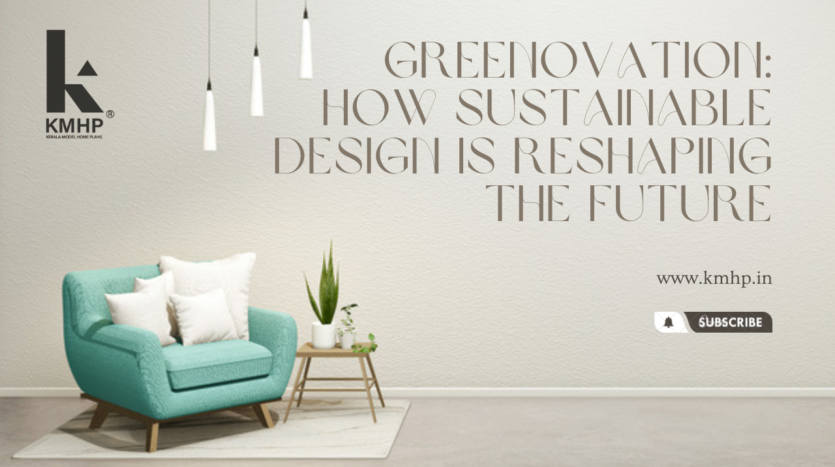In the ever-evolving landscape of design and innovation, sustainable design stands out as a beacon of hope, steering us towards a greener and more eco-friendly future. The term “Greenovation” encapsulates the fusion of green principles with cutting-edge design, revolutionizing industries and reshaping the way we envision the future. In this article, we delve deep into the profound impact of sustainable design on various sectors, uncovering the transformative power it holds.
Sustainable Design: A Paradigm Shift

The ethos of sustainable design is grounded in the notion that innovation should not come at the cost of the environment. It represents a paradigm shift, challenging traditional design practices and emphasizing a holistic approach that considers environmental, social, and economic factors. Sustainable design isn’t merely a trend; it’s a fundamental shift towards responsible and conscientious creation.
Environmental Benefits of Greenovation
1. Reduced Carbon Footprint
One of the primary advantages of sustainable design is its ability to significantly reduce carbon footprints. By incorporating eco-friendly materials, optimizing energy usage, and embracing renewable resources, greenovation minimizes the environmental impact associated with traditional design.
2. Waste Reduction and Recycling
Sustainable design champions the reduction of waste through innovative practices such as recycling and upcycling. Designers are increasingly adopting circular economy principles, ensuring that materials are reused and repurposed, thus contributing to a more sustainable and circular production cycle.
Social Implications of Greenovation
1. Community Engagement
Sustainable design fosters community engagement by aligning with local needs and preferences. This approach empowers communities, creating spaces and products that resonate with their values while promoting inclusivity and social cohesion.
2. Health and Well-being
Incorporating biophilic design elements, sustainable spaces enhance the health and well-being of occupants. Green spaces, natural lighting, and optimal ventilation not only contribute to a healthier environment but also boost productivity and overall quality of life.
Economic Viability of Sustainable Design
1. Long-term Cost Savings
Contrary to common misconceptions, sustainable design is not just an altruistic endeavor; it makes economic sense. Implementing energy-efficient systems, utilizing durable materials, and designing for longevity result in long-term cost savings, making it a wise investment for businesses and homeowners alike.
2. Market Demand and Competitive Advantage
As environmental awareness grows, so does the demand for sustainable products and spaces. Embracing greenovation not only meets consumer expectations but also provides a competitive edge in a market increasingly driven by eco-conscious choices.
Examples of Greenovation in Action

1. Green Building Technologies
The architecture and construction industry has witnessed a surge in green building technologies. From solar panels and green roofs to smart energy-efficient systems, architects and builders are integrating sustainable features that redefine the way we conceive and construct buildings.
2. Eco-Friendly Product Design
In the realm of product design, companies are embracing eco-friendly materials and production processes. From biodegradable packaging to recyclable products, sustainable design is not just a choice but a necessity for brands looking to secure a place in the hearts of environmentally-conscious consumers.
3. Renewable Energy Integration
The energy sector has seen a transformative shift towards renewable sources. Greenovation is evident in the integration of solar, wind, and hydroelectric power systems, fostering a cleaner and more sustainable energy landscape.
Embracing the Green Future

In conclusion, Greenovation is not just a buzzword; it’s a call to action for industries and individuals alike. By embracing sustainable design, we pave the way for a future where innovation coexists harmoniously with nature. The ripple effects of Greenovation extend beyond aesthetics, influencing the environment, society, and the economy positively. As we navigate the evolving landscape of design, let sustainability be the compass guiding us towards a greener and more prosperous future.
- Your FUN88 Official India app - June 28, 2024
- DafaBet page for gamers in India - June 24, 2024
- Слотор Сайт – Рискни и выиграй - June 15, 2024




